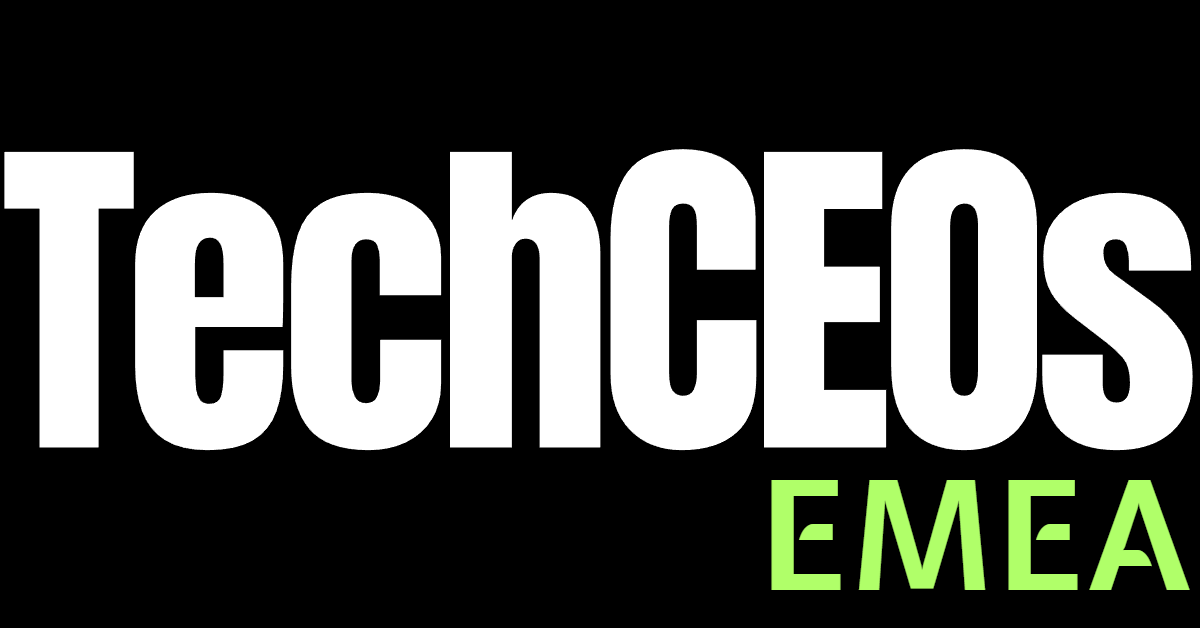If you think you are non-familiar with the term “Cloud Computing”, then you are mistaken, as you are already using it in many day-to-day applications such as social networking, online banking, and a lot more.
The “Cloud” refers to different types of hardware and software that work collectively to deliver computing tasks to end-use as an online service. With the help of cloud computing, users can access files and applications from any device across the network.
Types of Cloud Computing
PaaS
Platform as a service offers a cloud-based environment with everything required to support the complete lifecycle of cloud-based applications. It offers a myriad of services such as managing and underlying hardware, provisioning, and hosting services. It proves advantageous as it reduces complexity with middleware as a service.
IaaS
Infrastructure as a service offers every required computing resources such as servers, networking, storage, and data center space on a pay-per-use basis. on the beneficial side, users can easily innovate services on demand. Furthermore, there is no requirement from your side to invest in hardware.
SaaS
This type of cloud-based applications run on distant computers which are owned and operated by others and which connect to users, computers via the internet and a web browser. Since the data is in the cloud, there is no data loss even if there is an issue with the computer. The apps and data can be easily accessible from any connected computer.
Cloud Computing Considerations
Cloud Computing has become a quintessential requirement of choice for large applications, especially customer-facing ones which are frequently changing. The major clouds now lead the way in enterprise technology development, debuting new advances. Cloud computing, public or private can enable highly efficient workflows also. Moreover, it is helpful to incorporate new services into applications from machine learning to the internet of things connectivity.




